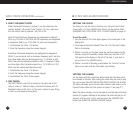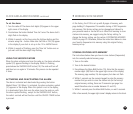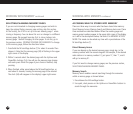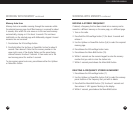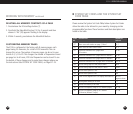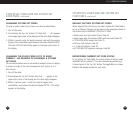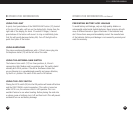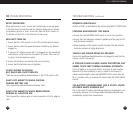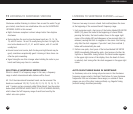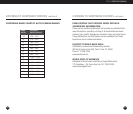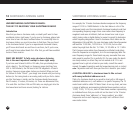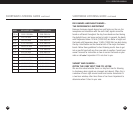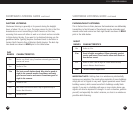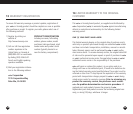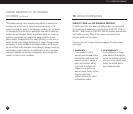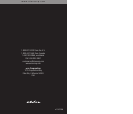
Shortwave enables listening to stations from around the world.To get
you started, some basics are noted below. Also see the SHORTWAVE
LISTENING GUIDE in this manual.
• Night shortwave reception is almost always better than daytime
shortwave.
• During daytime the most active shortwave bands are 13, 15, 16,
19, and 22 meters. 16 and 19 usually being the best. At night, the
most active bands are 25, 31, 41 and 49 meters, with 31 and 49
usually best.
• Around sunset and sunrise, both the day and night bands may be
good, sometimes exceptionally good. Listening at these times can
often be quite rewarding.
• Signal strengths are often stronger when holding the radio in your
hands and being very close to a window.
SELECTING A SHORTWAVE METER BAND
What is a band? It’s a frequency range. In this case, a frequency
range in which international radio stations will be found.
All 14 of the international broadcast bands can be accessed.The
bands are numbered 120, 90, 75, 60, 49, 31, 25, 22, 19, 16, 15, 13
and 11 meters and are commonly called ‘Meter Bands’. See the section
below titled SHORTWAVE BAND CHART OF AUTO-SCANNING RANGES,
which shows the full frequency range of each band used by the
radio’s auto-scan system.
11 LISTENING TO SHORTWAVE STATIONS
28
LISTENING TO SHORTWAVE STATIONS continued
29
E100 OPERATION MANUAL
There are two ways to access a band. Each method places the tuner
at the beginning of the accessed band’s frequency range.
1. Each successive quick, short press of the button labeled SW METER
BAND (12) places the radio at the beginning of a band.While
pressing the button, the band number shows in the upper right
corner of the display (40) and disappears a few seconds after it is
released, causing the clock to reappear in the corner. Start tuning
only after the clock reappears. If you don’t wait, then method 2,
below will automatically be used.
2. Perform one quick, short press of the button labeled SW METER
BAND, immediately followed by quick, short presses of either the
Up/Hour or Down/Min. tuning buttons.The band number appears
in the upper right corner of the display. Once the band of choice
is selected, start tuning after the clock reappears in the upper right
corner.
AUTO-SCAN TUNING WHILE IN SHORTWAVE
In shortwave, auto-scan tuning only auto-scans in the shortwave
frequency ranges noted in the Band Chart below.To tune shortwave
frequencies that are in-between these ranges, or outside of these
ranges, use one of the other tuning methods, e.g. Regular Tuning
(manual tuning), described previously.



